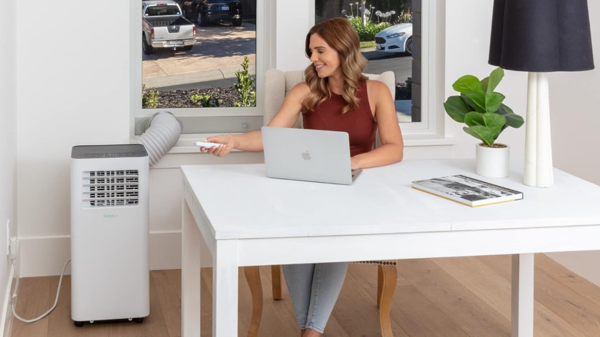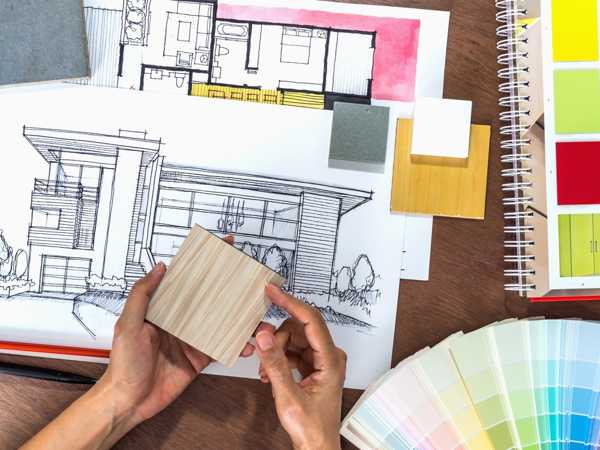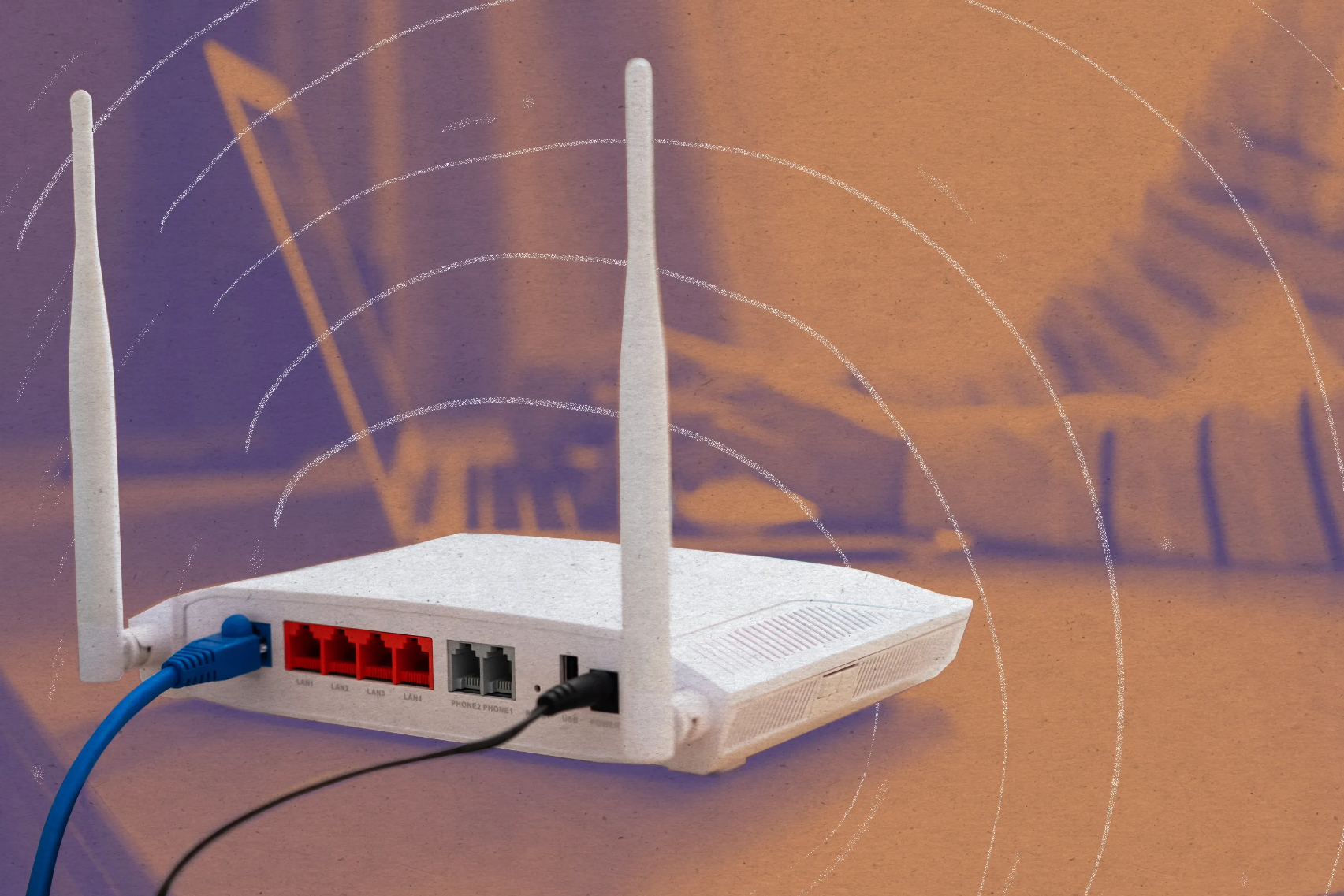Why Portable Air Conditioner Systems Are Quietly Revolutionizing Home Comfort
In recent years, portable air conditioner systems have emerged as a game-changing solution for home cooling. These versatile units are transforming the way we think about climate control, offering flexibility, energy efficiency, and smart features that traditional systems can't match. Let's explore how these innovative devices are making waves in the world of home comfort.
In recent years, portable air conditioner systems have emerged as a game-changing solution for home cooling. These versatile units are transforming the way we think about climate control, offering flexibility, energy efficiency, and smart features that traditional systems can't match. Let's explore how these innovative devices are making waves in the world of home comfort.

What are the key benefits of portable air conditioners?
Portable air conditioners offer numerous advantages over traditional cooling systems. First and foremost, their mobility allows users to cool specific areas as needed, rather than wasting energy on unoccupied spaces. This targeted cooling approach not only enhances comfort but also contributes to energy savings. Additionally, portable units require no permanent installation, making them ideal for renters or homeowners who want to avoid complex HVAC modifications. They’re also perfect for supplementing existing cooling systems in problematic hot spots or for use in spaces where traditional AC units aren’t feasible.
How do portable air conditioners contribute to energy efficiency?
Energy efficiency is a hallmark of modern portable air conditioners. These units are designed to cool smaller areas more effectively, which inherently reduces energy consumption compared to central air systems cooling an entire home. Many models come equipped with programmable timers and thermostats, allowing users to optimize cooling schedules and avoid unnecessary operation. Some advanced units even feature inverter technology, which adjusts the compressor speed to maintain desired temperatures more efficiently. By focusing cooling efforts on occupied spaces and incorporating energy-saving features, portable air conditioners help users reduce their carbon footprint and lower electricity bills.
What smart features are available in modern portable ACs?
The integration of smart technology has significantly enhanced the functionality of portable air conditioners. Many contemporary models can be controlled via smartphone apps, allowing users to adjust settings remotely. This means you can cool your space before arriving home or make adjustments without getting up from your seat. Some units also offer voice control compatibility with popular smart home assistants like Amazon Alexa or Google Home. Advanced models may include features such as air quality sensors, humidity control, and even air purification capabilities, turning them into comprehensive climate management systems.
How do portable air conditioners compare to window units and central AC?
Portable air conditioners offer unique advantages over both window units and central AC systems. Unlike window units, portable ACs don’t require permanent installation or block your view. They’re also more secure, as they don’t create an entry point for potential intruders. Compared to central AC, portable units offer more flexibility in cooling specific areas and can be a more cost-effective solution for smaller spaces or occasional use. However, it’s worth noting that portable ACs may have slightly lower energy efficiency ratings than window units due to their design, and they may not cool as effectively as central AC in larger spaces.
What are some unique applications for portable air conditioners?
Portable air conditioners have found innovative uses beyond traditional home cooling. In office environments, they’re excellent for server rooms or areas with heat-generating equipment. For outdoor events, some rugged models can provide spot cooling in tents or temporary structures. In healthcare settings, portable units can create comfortable environments for patients or in areas where temperature control is crucial. They’re also valuable in workshops or garages where permanent AC installation isn’t practical. The versatility of portable air conditioners makes them suitable for a wide range of scenarios where flexible, targeted cooling is needed.
How do the costs of portable air conditioners compare to other cooling options?
When considering the cost of portable air conditioners, it’s important to look at both the initial investment and long-term operating expenses. Here’s a comparison of different cooling options:
Cooling System | Initial Cost | Installation Cost | Energy Efficiency | Lifespan | |
Portable AC | $300-$700 | $0 | Moderate | 5-10 years | |
Window AC | $150-$500 | $50-$100 | High | 10-15 years | |
Central AC | $3,000-$7,000 | $2,000-$4,000 | Very High | 15-20 years | |
Ductless Mini-Split | $2,000-$14,000 | $500-$2,000 | Very High | 15-20 years |
Prices, rates, or cost estimates mentioned in this article are based on the latest available information but may change over time. Independent research is advised before making financial decisions.
While portable air conditioners may have a higher upfront cost compared to window units, they offer more flexibility and require no installation costs. Central AC systems and ductless mini-splits are significantly more expensive initially but can be more energy-efficient in the long run, especially for larger spaces. The choice ultimately depends on your specific needs, budget, and the size of the area you need to cool.
In conclusion, portable air conditioner systems are revolutionizing home comfort by offering a flexible, energy-efficient, and smart alternative to traditional cooling methods. Their ability to provide targeted cooling, combined with advanced features and versatility, makes them an attractive option for a wide range of users. As technology continues to advance, we can expect portable air conditioners to play an increasingly important role in modern climate control solutions.







